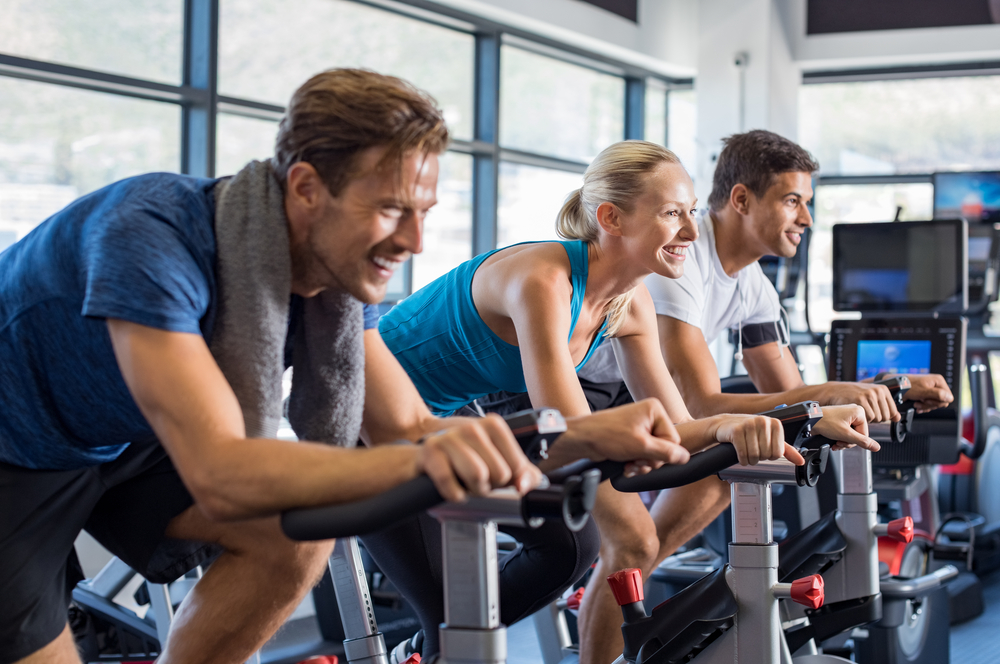Don’t miss out on your favorite spin class because of joint pain. These five cycling tips will help you avoid common injuries in the knees, hips, and back.
If you’re looking for a rewarding, low-impact aerobic activity, spinning can be a great way to stay in shape. However, like any rigorous exercise, indoor cycling carries the risk of joint pain and injuries.
The repetitive stress of pedaling and awkward seat positioning can contribute to pain in the legs and back. With common conditions including tendonitis, patellofemoral pain, and iliotibial band syndrome, spinning often impacts the knees in particular.
Fortunately, you can make a few simple adjustments to protect your joints. Follow these five tips to prevent common knee, back, and hip injuries while enjoying your favorite spin class.
1. WARM UP BEFOREHAND
Before getting on your bike, be sure to spend at least five minutes doing dynamic stretches. Try the pigeon pose to increase flexibility in the hip muscles. Paying attention to this area can help prevent common injuries like hip bursitis. It’s also important to stretch your quads and hamstrings in order to avoid knee pain.
2. START PEDALING AT LOW RESISTANCE
In addition to stretching, setting your bike at a low resistance at the start of your session is a good way to ease into the workout. This can help you avoid overuse injuries like patellar tendonitis, which can result from ramping up your activity too quickly.
3. PAY ATTENTION TO YOUR POSTURE
It’s tempting for cyclers to hunch over their bikes in a high-intensity spin class, but this can lead to neck and shoulder pain. Instead, try to relax your shoulder muscles and release tension in your neck. If you experience neck pain, moving your head from side to side should provide relief.
4. ADJUST YOUR SEAT POSITION
Spinning often puts the body in an uncomfortable position, but there are certain adjustments cyclers can make. Often it’s as simple as fixing the height of your seat so that your leg reaches 80%-90% of its full extension at the lowest point of pedaling. Pain in the front of the knee usually means your seat is too low, while pain in the back of the knee means it’s too high.
5. STRENGTHEN YOUR CORE
Your core muscles do a lot of work to stabilize your entire body, no matter what exercise you’re doing. It’s important to strengthen these muscles so that your back has adequate support as you pedal. Consider adding yoga or pilates into your regimen to build a powerful core and improve your balance and alignment. This is especially helpful in preventing injuries to the hips and pelvis.
If you do experience pain during spin class or while cycling, don’t ignore it! Visiting an orthopedic specialist or physical therapist can help you identify the problem and find relief. Set up an appointment at New Jersey Bone & Joint today for a consultation with one of our orthopedic experts.


